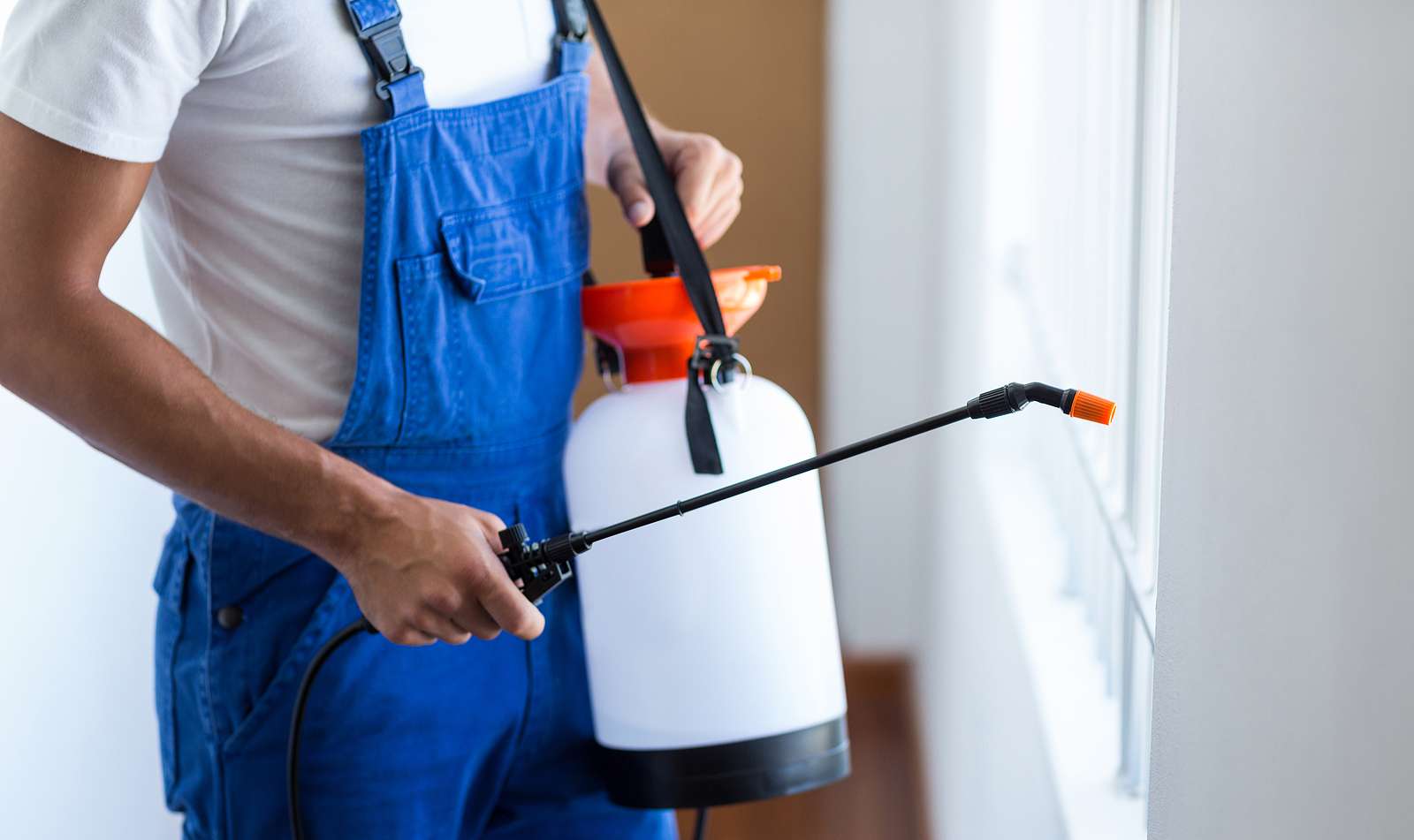Expert Exterminator Services: Say Goodbye to Vermin completely!
Expert Exterminator Services: Say Goodbye to Vermin completely!
Blog Article
Professional Parasite Control Techniques for Long-Term Outcomes
In the realm of bug control, achieving continual effectiveness and long-lasting results calls for a careful approach that goes beyond plain elimination. Professional bug control strategies envelop an extensive method that begins with a comprehensive assessment and evaluation, complied with by exact insect identification to comprehend their habits patterns. The application of Integrated Parasite Administration (IPM) principles, coupled with eco-conscious therapies, develops the foundation of sustainable bug elimination. The real test lies in the continuous monitoring and maintenance of the treated areas, making certain a pest-free environment for the direct future. By diving into the complexities of these strategies, a deeper understanding of expert parasite control approaches for sustaining outcomes arises.
Evaluation and Assessment
Upon entering a building for parasite control solutions, the preliminary action is a thorough examination and assessment to identify the level of the problem and identify one of the most effective therapy strategy. Specialist parasite control service technicians are educated to meticulously check out the facilities, looking for indications of pest task such as droppings, nibble marks, nests, or any type of structural damage. They will certainly additionally evaluate the conditions that may be drawing in insects, such as food resources, water leaks, or entry points.

Insect Identification and Behavior

Moreover, understanding the habits of the recognized bug is key to applying reliable control measures. Understanding where pests nest, what they feed on, and their task patterns can assist pest control experts devise techniques to eradicate them efficiently.
Integrated Pest Administration (IPM)
Integrated Insect Administration (IPM) techniques integrate multiple techniques to control and protect against pest problems in a lasting and eco-friendly way. bed bug exterminator. By integrating methods such as biological control, habitat adjustment, adjustment of cultural practices, and the usage of resistant ranges, IPM intends to minimize the use of chemical pesticides
One of the essential concepts of IPM is the emphasis on prevention. This positive method entails surveillance insect populations on a regular basis to find any potential issues prior to they intensify. By recognizing parasite problems early on, pest control procedures can be carried out quickly and successfully.
In addition, IPM advertises making use of safe parasite control approaches whenever feasible. This can consist of employing all-natural predators of the bugs, presenting advantageous bugs, or using pheromones to interfere with breeding patterns. By reducing dependence on chemical pesticides, IPM not only safeguards the environment but also helps keep an find this equilibrium in the ecological community.
Environmentally-Friendly Therapies
Applying eco-conscious methods in insect control procedures can effectively address problems while prioritizing ecological sustainability. Environmentally-friendly treatments focus on lessening the effect of insect control techniques on environments, non-target organisms, and human health. These methods typically involve using all-natural killers, such find this as ladybugs or nematodes, to control pest populations, lowering the need for chemical interventions. In addition, methods like environment manipulation, such as readjusting wetness levels or getting rid of food resources, can aid hinder bugs without making use of dangerous materials.
An additional trick facet of environmentally-friendly treatments is making use of natural and naturally degradable items that break down swiftly without leaving damaging deposits in the atmosphere. Herb insecticides originated from plants like chrysanthemums or neem offer effective parasite control while posturing marginal risk to non-target varieties. In addition, utilizing approaches like heat treatments or pheromone catches can target particular bugs with precision, decreasing the overall environmental impact of insect control methods.
Continuous Tracking and Maintenance
Routine inspections by experienced experts are essential to determine any type of signs of parasite task, evaluate the efficiency of previous treatments, and make adjustments to the insect control plan as needed. By checking parasite populaces over time, visit site parasite control specialists can track trends, anticipate prospective concerns, and execute preventive procedures to reduce the danger of future infestations.
In addition to surveillance, upkeep practices are crucial for lasting bug control success. This consists of carrying out proper hygiene steps to remove prospective food and water resources for bugs, sealing entrance factors to prevent bugs from getting in the facilities, and dealing with any type of architectural issues that might promote insect problems (pest control). By including ongoing tracking and maintenance right into an incorporated bug management strategy, organizations can make sure a pest-free environment and guard their residential or commercial property against expensive damage and health and wellness risks
Final Thought
To conclude, utilizing specialist insect control methods such as complete examination and analysis, precise insect recognition and understanding of their behavior, integrated pest administration approaches, environmentally-friendly therapies, and recurring monitoring and maintenance are crucial for accomplishing long-lasting results in pest control. By carrying out these techniques, individuals can effectively manage insect problems and maintain a pest-free setting in a sustainable way.
Report this page